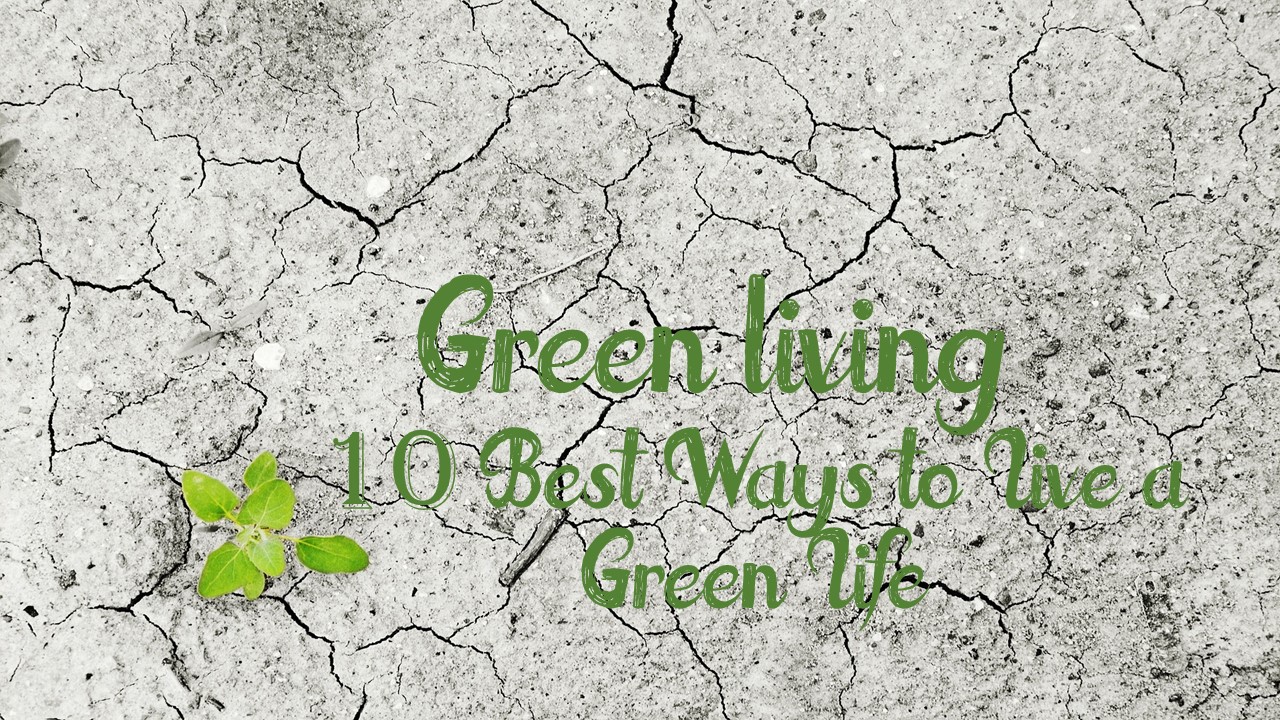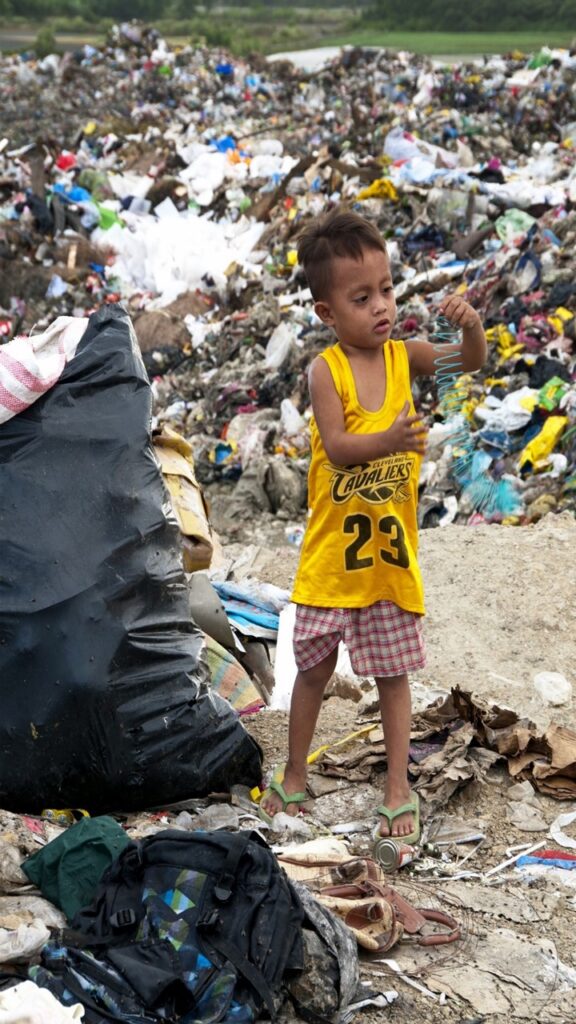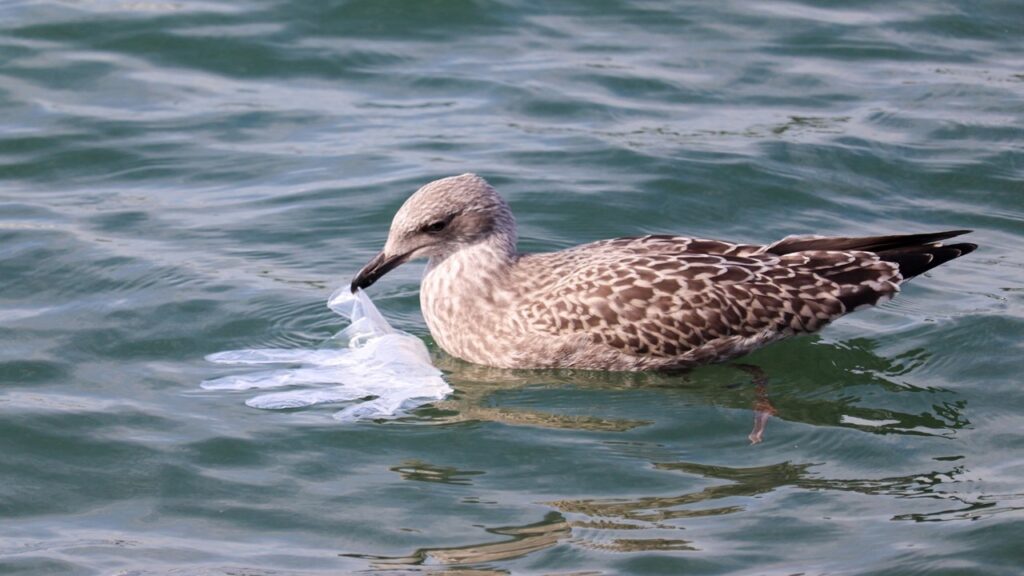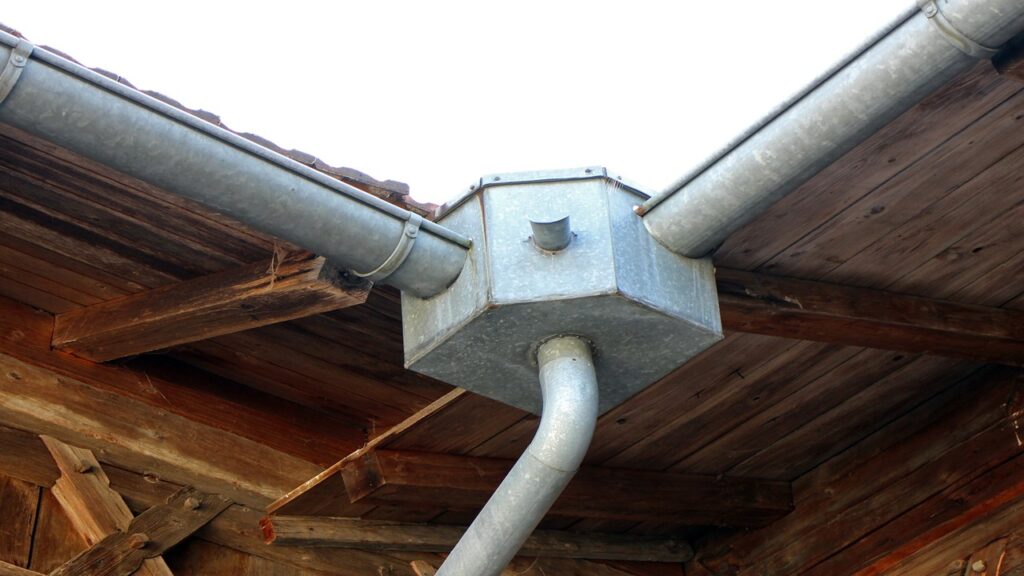Green Living: 10 Best Ways to Live a Green Life

Green living is today not fashionable but a necessity. Carbon dioxide gas is accumulating in Earth’s atmosphere at an unprecedented rate. Wastes are accumulating on land, in valleys, rivers and oceans per millions of tons. Cattle farms are popping up in forest logged areas. What’s more, studies show that younger generations have more health issues today due to contaminated air, water and land [1].
Sustainable, Ecofriendly and Green living
Link between Sustainable living and sustainable development
Sustainable living is principally based on the guiding principle of sustainable development which is
‘development to meet the needs of the present without compromising the ability of future generations to meet their own needs’.
It also calls for environmental protection and fair social and economic development. So, green living is based on the principles of sustainable development.
Eco-friendly living
Some people also refer to green living as eco-friendly living. Eco actually comes from the word ecology or more broadly the natural environment. Friendly obviously means to be nice or not to cause harm. So, eco-friendly living typically makes you think of the impacts of your gestures on the environment. Thus, you make choices that will be beneficial to it or reduce harm.
What is green living?
All in all, green living is a way to live your life so as to have the minimum impact on your environment. It encourages you to take steps at home and on a broader level to decrease your ecological footprint. At the same time, it helps you to live a healthier life through your healthier choices. Additionally, you support local economies and encourage social development in your community.
Why is it important to live a green lifestyle?
Humans are closely tied to the natural environment
Since the day humans walked this Earth, they have been closely tied to the natural environment. It gave them food, water, fresh air, shelter and peace. Everywhere they moved, humans established a deep connection with nature which helped in their survival.
They lived in small tribes and basically used whatever they had in their immediate surroundings. When the amount of resources grew low, they understood that they had to give nature time to replenish again.
The world has changed so much since then. There are now 7.9 billion people on Earth. Humans have made gigantic progress in technology. Transportation means are so fast and effective. Lifespans have increased thanks to better medicine.
Natural principles remain the same
Yet, natural principles remain the same. The Earth has a limited carrying capacity, that is, it can sustain only so many people. It can provide enough food, space and support only a limited amount of people.
It can only degrade a limited amount of waste over a specific period. And a lot of the waste that humans generate now contain chemicals that are resistant to natural degradation. Or they are potentially toxic.
Negative effects of humans on the natural environment
What’s more, as part of a natural cycle, whatever we throw into the environment comes back to us. The pollution that we cause affects our own health. 4.2 million people die annually because of outdoor air pollution.
By using so many chemicals to produce large quantities of food in a short time, we introduce toxins into our bodies. These lead to health issues like cancer, hormonal disruption and reproductive abnormalities.
And cutting down so many trees for diverse projects like agriculture and construction lead to the accumulation of toxic gases in the atmosphere. One of the worse problems that is occurring today is climate change that scientists contend is due to human activities.
There is no Planet B
Regrettably, the way people are living now equals 1.7 Earth. While a lot of effort is ongoing to find other habitable planets, right now, there is no Planet B. Only planet Earth.
So, to live a better and healthier life and ensure that future generations can also do so, you must choose a green lifestyle.
There are so many ways to live a green life, but these 10 ways basically summarize the main ones.
10 Best Ways to Live a Green Life
1. Reduce the use of fossil fuels
Climate change is today one of the world’s most pressing issues. According to scientists, it is largely due to a rapid increase in carbon dioxide levels associated with burning fossil fuels. Since industrial times, the amount of carbon dioxide rose dangerously. In the 1960s, the level was 0.6 ppm per year, today it is 2.3 ppm per year.
Most of the energy that you use today comes from burning fossil fuels. Whether it is to drive cars, to produce electricity or to run gadgets.
Consequently, you must choose alternatives to decrease your dependence on fossil fuels. You can switch to alternatives like renewable energy sources such as solar energy. You can also choose vehicles that are energy-efficient or use alternative fuels. And switch off lights, gadgets when you are not using them.
2. Travel to closer places for longer periods of time
Travelling or holiday-making is now a normal way of life for many people, especially in developed countries. With better working conditions, benefits and salaries, you can spend some time off work to rejuvenate. Yet, the aviation industry alone produces 2.4% of global human-induced carbon dioxide.
As today there are working advantages many didn’t have a few decades ago, you must use them wisely for the planet. Choose closer destinations and stay for longer periods of time. You can also choose airlines that are eco-friendly and offset the carbon travelled in green projects.
3. Use public transport
Likewise, use public transports such as trains, buses, high-speed rails and even carpool as much as possible.
Though your car is much more comfortable and readily accessible, a car typically releases some 4.6 metric tons of carbon dioxide per year.
If you want to engage in green living, then you should opt for public transportation when you can. For example, to go to work, to visit places abroad and to travel short distances.
4. Plant trees and support reforestation
Another reason why the amount of carbon dioxide has been increasing in the last decades is because of mass deforestation. Since the 1960s, more than half of the tropical forests in the world have been destroyed. Every year, people clear millions of acres of forest for agriculture and illegal logging.
Yet trees typically take up carbon dioxide and release fresh oxygen. So it is important that you plant trees, support reforestation campaigns and hold back deforestation projects. These trees also provide food and habitats to a number of creatures, stabilize our soils thus reducing floods and provide cool areas.
5. Reduce your amount of waste
As a matter of fact, today people consume a tremendous amount of resources whether it’s food, clothes, water and space. Actually, the richest 20% of the world’s population consume 80% of the resources and goods from the Earth.
As a result, a lot of trash ends up in the environment from food to plastic to toxic electronic waste. Right now, we generate some 2.01 billion tons of municipal waste every year and 33% is unsafely disposed of.

Hence, you must decrease the amount of waste that you produce. Buy less-packaged products and only when you need them. You can also compost organic materials at home like kitchen scraps and encourage recycling of plastic, paper and glass.
6. Make repairs and upcycle into new things
In line with this, you should also avoid throwing away old things like clothes and make repairs instead.
To make just one cotton shirt takes some 2,700 litres of water. And clothes can take more than 200 years to decompose. Americans alone throw away 14 million tons of clothing each year with 84% ending up in landfills or incinerated.
But there is so much more that you can do with broken and damaged things. You can upcycle old items into new ones like empty containers into flower pots. You can use broken pots as art artefacts in your garden. The list just goes on depending on your creativity.
7. Stop using single-use plastics
Plastic pollution is another alarming problem today. Plastic debris is in almost all natural environments and especially in oceans. Of the 300 million tons of plastics that we produce each year, 8 million tons end up in the oceans. The main culprit is single-use plastics like bags, straws and packaging.
Animals often confuse them with food and eat them, choking, getting entangled and eventually dying. So, you must stop using single-use plastics. They not only affect wildlife but can take hundreds to thousands of years to decompose. And throughout the process, they break down into micro-plastics that are far more dangerous as they are toxic.

8. Support local businesses
The world is now a small place with technological advances. You can buy products from China right in front of your desk in South Africa. And with express delivery, you receive your items in a matter of time.
But such long-distance transportation means releasing so much carbon dioxide along the way. What’s more, products are often heavily packed for protection.
By supporting local suppliers and manufacturers you decrease the environmental stress associated with these activities. You can also inquire about the manufacture of products locally such as organic foods.
In this way, you encourage local businesses to go for green moves like hand-made products instead of cheap, environmentally destructive ones.
9. Eat less meat, eat more vegetables
Another important way to live a green life is to cut down on your meat consumption. As a matter of fact, livestock releases 7.1 gigatons of carbon dioxide per year or 14.5% of all greenhouse gas emissions. Two-thirds of these emissions come mainly from cattle. They release it as part of their digestive processes and when farmers grow feed and clear land to raise them.
So, instead of eating meat four to five times a week, reduce it to two times a week. Add more vegetables and greens to your diet which also improves your health. Meat alternatives like soya, jackfruits and beans are specially packed with proteins and nutrients. You can consume more of these thus varying your meals day-to-day.
10. Harvest rainwater and use more grey water
Likewise, you must seriously reduce your water use. Water is a precious resource that will become even more scarce in the years to come due to climate change. For example, right now, Lake Mead’s water level has sunk to its lowest level since the 1930s due to bitter droughts in western US.
So, it is best you harvest rainwater and use greywater for purposes like lawn irrigation, car-washing and other processes that do not require potable water. You can easily capture rainwater through roof gutters and tanks or install professional equipment. Or you can re-use greywater, for e.g., water from sinks and tubs for such tasks.

Reference
- Li, P. and Wu, J., 2019. Sustainable living with risks: meeting the challenges. Human and Ecological Risk Assessment: An International Journal, 25(1-2), pp.1-10.

Living a green life is fantastic! ???? But it gets even better when you have the right tools. Check out Eco Origin’s eco-friendly products to help you on your green journey. From Bamboo Cotton Buds to Huskee Cups and more, they’ve got everything you need to make a positive impact on the planet. Take action today and make your green living dreams a reality! ????????
Pingback: How do you avoid wasting materials in wrapping gifts? – UsuGiftshop
Choosing to live sustainably is a responsible choice that needs to be backed with the right amount of effort. If you happen to be living in place wherein there are 4 seasons, choosing appliances that are safe for the environment would make living better not only for you but for everyone around you. Stay warm!